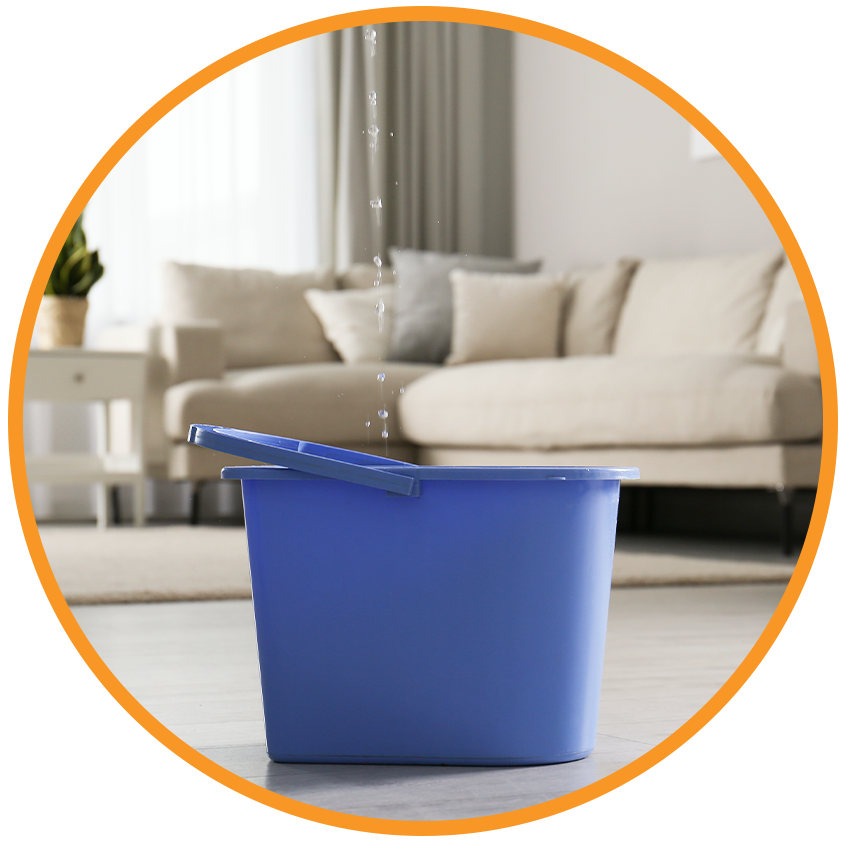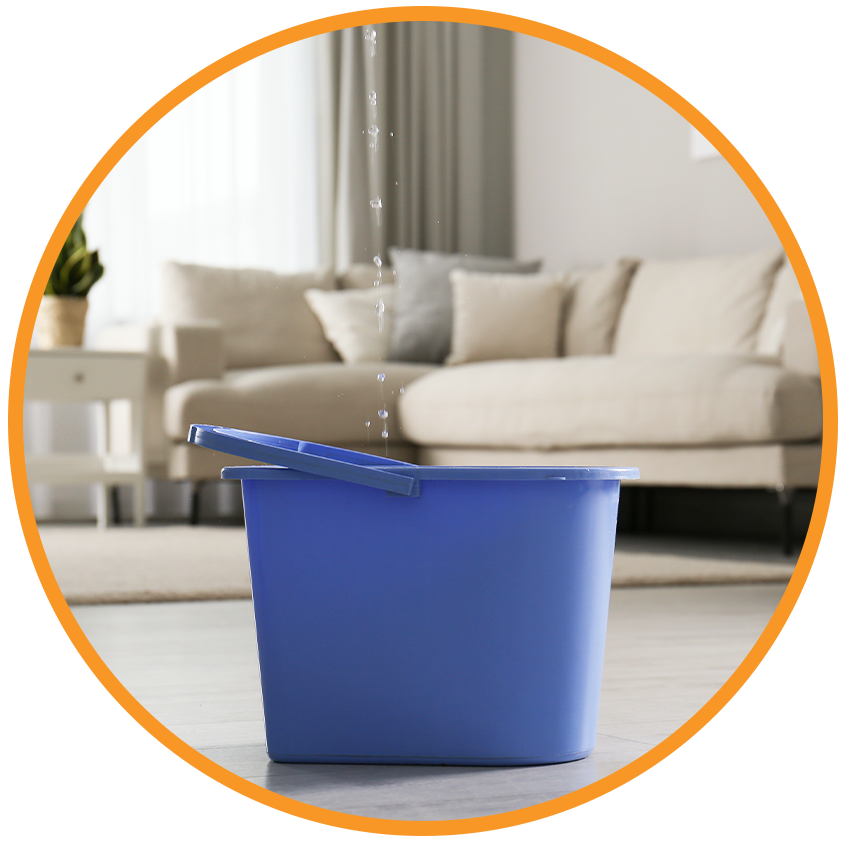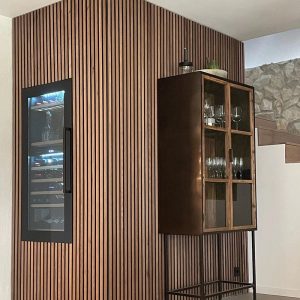
Planning to relocate to Lynchburg, Virginia, can be an exciting chapter in your life. Whether you're drawn by its historic charm, lower cost of living, or access to the scenic Blue Ridge Mountains, moving to this vibrant city offers many perks. However, amidst the planning and packing, don’t let logistical headaches trip you up particularly when it comes to your vehicle. Understanding the most frequent mistakes of car shipping at the start of your relocation journey can save you stress, money, and even damage to your vehicle.
Top Car Shipping Mistakes to Avoid
When it comes to auto transport, cutting corners or making uninformed decisions can lead to costly consequences. Here are the top mistakes of car shipping to watch out for:
Failing to Verify Licensing and Insurance
One of the most common and costly errors people make is assuming a company is legitimate without verifying credentials. Always check that the car shipping company is registered with the Department of Transportation and has a valid Motor Carrier (MC) number. Don’t skip checking their insurance coverage either. Not all policies cover the same types of damage, and in some cases, you may want to buy supplemental insurance.
Not Comparing Multiple Quotes
While it’s tempting to go with the lowest quote, that’s often a red flag. Some companies offer bargain prices to attract customers, only to tack on hidden fees later. Get at least 3–5 quotes and compare not just the cost, but what each service includes like delivery timelines, enclosed versus open transport, and damage protection.
Skipping Vehicle Prep
Your car needs to be prepped before shipping. Remove all personal belongings, disable alarms, and ensure the tank is only about 1/4 full. Clean the vehicle and take detailed photos of its condition before it’s picked up. This documentation will be crucial if you need to file a damage claim.
Working with a Broker without Doing Due Diligence
Many people don’t realize that brokers don’t own the trucks they simply connect you with carriers. That’s not necessarily a bad thing, but it can lead to miscommunication or less accountability if something goes wrong. Research the broker’s reputation, and ask for information about the actual carrier who will transport your vehicle.
Ignoring Reviews and References
Customer feedback is a powerful tool. If a company has consistently poor reviews, it’s likely they’re not reliable. Sites like the Better Business Bureau (BBB) and Transport Reviews offer detailed insights into a company’s history, customer service, and how they handle disputes.
Why Lynchburg is a Great Place to Call Home
Lynchburg often referred to as the Hill City due to its location among the rolling hills of Central Virginia offers the best of both worlds: a peaceful, small-town atmosphere with access to urban amenities. The city is known for its high livability scores, beautiful neighborhoods, and the James River running through its heart. Lynchburg's cost of living is significantly below the national average, and it's home to several colleges, including Liberty University and the University of Lynchburg, bringing a youthful, dynamic energy to the area.
If you're moving for a new job, retirement, or just a change of scenery, relocating to Lynchburg offers opportunities to thrive personally and professionally. There’s a reason why more and more people are choosing to call this place home.
Settling into Your New Life in Lynchburg
Once you’ve successfully transported your vehicle and completed your move, you’ll begin to appreciate the many reasons people choose to settle in Lynchburg. From outdoor recreation in the Blue Ridge Mountains to historic sites like Point of Honor and the Lynchburg Museum, the city offers plenty to explore. Families will find excellent public and private schools, while professionals benefit from a growing local economy and a supportive business environment.
Relocating often comes with a steep learning curve, especially if it's your first time arranging for auto transport. According to the Federal Motor Carrier Safety Administration (FMCSA), choosing a registered and reputable auto carrier is critical for ensuring your vehicle arrives safely and on time (source). As you plan your transition to Lynchburg, keeping informed about how to avoid the most common pitfalls in car shipping will give you a head start.
Final Thoughts
Relocating doesn’t have to be a stressful experience. By taking time to learn from others’ mistakes especially regarding vehicle shipping you can streamline the process and start your life in Lynchburg on the right foot. Be proactive, do your research, and partner with reputable professionals to ensure your transition goes as smoothly as possible.




